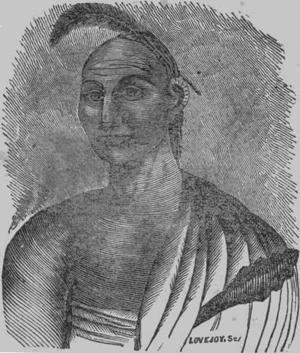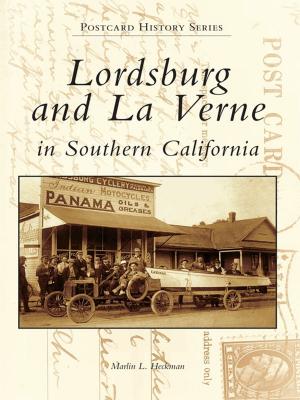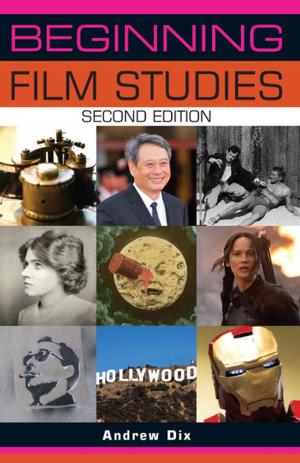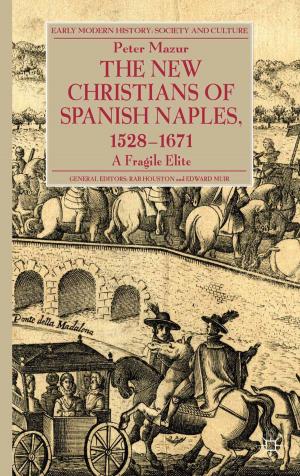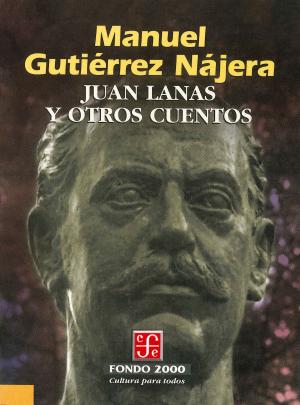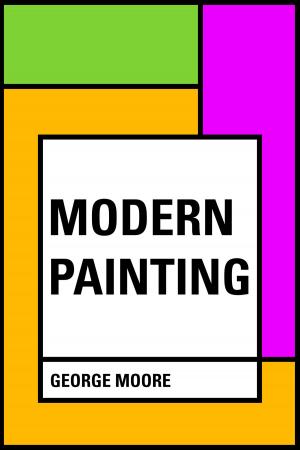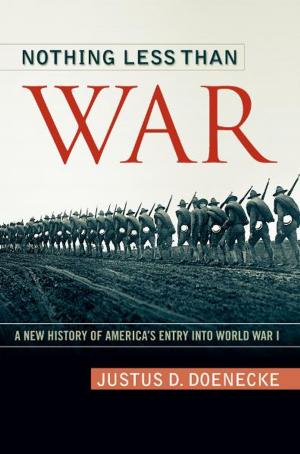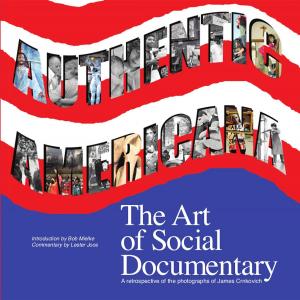| Author: | Scott Stripling | ISBN: | 9781615291878 |
| Publisher: | Scott Stripling | Publication: | July 11, 2017 |
| Imprint: | Smashwords Edition | Language: | English |
| Author: | Scott Stripling |
| ISBN: | 9781615291878 |
| Publisher: | Scott Stripling |
| Publication: | July 11, 2017 |
| Imprint: | Smashwords Edition |
| Language: | English |
Scott Stripling’s The Trowel and the Truth: A Guide to Field Archaeology in the Holy Land gives readers a masterful treatment of the how and why of biblical archaeology. This book is important and timely for at least two reasons. First, archaeological work in the Holy Land continues to make good progress, resulting in exciting discoveries and fresh insights. Dr. Stripling’s book informs readers of many of these recent and important discoveries. Secondly, archaeology greatly aids in the interpretation of Scripture. Few students, faculty, and pastors know the land of Israel and its rich treasures from the past as well as they should. Knowledge of the land and its archaeological insights will equip students, teachers, and pastors with important tools for better, sharper, more incisive interpretation of Scripture. Dr. Stripling’s book shows how this can be done.
This book guides readers through every essential aspect of archaeology. This includes geography and chronology, which are vital for understanding the history of Israel, as well as the actual task of archaeological fieldwork and method. Knowing where and when major events took place provides the necessary context and makes it possible to interpret Scripture accurately. In a systematic way, Dr. Stripling’s book then works its way through all the major periods in biblical history, from the pre-patriarchal and patriarchal eras to the Roman and Byzantine Ages.
Dr. Stripling articulates in the preface his understanding that “illumination of the Bible serves as the primary goal of ancient Near Eastern archaeology.” He is of course quite correct. This is why the discipline is called “biblical archaeology.” Some have objected to this language, arguing instead for something more neutral, but no one can deny that the desire to know the Bible better has historically been the driving force behind archaeology in the Near East. Without the correlation between the text of the Bible and the realia of the Near East, there simply would be no discipline called biblical archaeology.
Once again: All the theological commitments in the world could never result in a field called “biblical archaeology” if no correlation between Bible and the remains of human culture could be found. And it has indeed been found, lots of it. It is because of great correlation between the biblical text and the results of archaeology that historians and biblical interpreters recognize that the Bible is talking about real people, real places, and real events. The Bible contains many parables and metaphors, to be sure, but the Bible contains lots of history, too. The work of Dr. Stripling and other archaeologists sheds light on this important history.
Dr. Stripling has studied under the guidance of the best. He has worked at several sites and in recent years has directed digs at significant places such as Khirbet el-Maqatir and Shiloh. Some of his finds are simply astounding. I remember the day I first visited Khirbet el-Maqatir. Dr. Stripling and his team had recovered the skeletal remains of eight persons who had died as the Roman army advanced on Jerusalem in the year AD 69. Desperate Jewish fathers and husbands tried to hide their wives and children in an underground olive press, but to no avail; the Romans found them and killed them. All that was left was ashes, debris, and bones. It was a graphic reminder of the cruelty of war.
To see the bones that were recovered from Khirbet el-Maqatir brought the past right into the present. To gaze upon the skeletal remains of these women and children, who lay unmourned and forgotten in an underground olive press for almost two millennia was sobering. In my opinion, this is one of the great values of archaeology: It brings the modern student and scholar face to face with the past. The past is no longer a story about a faraway place from a time long ago; the past becomes present, along with the joys and sorrows of those who lived in it, whose stories we want to hear afresh.
Scott Stripling’s The Trowel and the Truth: A Guide to Field Archaeology in the Holy Land gives readers a masterful treatment of the how and why of biblical archaeology. This book is important and timely for at least two reasons. First, archaeological work in the Holy Land continues to make good progress, resulting in exciting discoveries and fresh insights. Dr. Stripling’s book informs readers of many of these recent and important discoveries. Secondly, archaeology greatly aids in the interpretation of Scripture. Few students, faculty, and pastors know the land of Israel and its rich treasures from the past as well as they should. Knowledge of the land and its archaeological insights will equip students, teachers, and pastors with important tools for better, sharper, more incisive interpretation of Scripture. Dr. Stripling’s book shows how this can be done.
This book guides readers through every essential aspect of archaeology. This includes geography and chronology, which are vital for understanding the history of Israel, as well as the actual task of archaeological fieldwork and method. Knowing where and when major events took place provides the necessary context and makes it possible to interpret Scripture accurately. In a systematic way, Dr. Stripling’s book then works its way through all the major periods in biblical history, from the pre-patriarchal and patriarchal eras to the Roman and Byzantine Ages.
Dr. Stripling articulates in the preface his understanding that “illumination of the Bible serves as the primary goal of ancient Near Eastern archaeology.” He is of course quite correct. This is why the discipline is called “biblical archaeology.” Some have objected to this language, arguing instead for something more neutral, but no one can deny that the desire to know the Bible better has historically been the driving force behind archaeology in the Near East. Without the correlation between the text of the Bible and the realia of the Near East, there simply would be no discipline called biblical archaeology.
Once again: All the theological commitments in the world could never result in a field called “biblical archaeology” if no correlation between Bible and the remains of human culture could be found. And it has indeed been found, lots of it. It is because of great correlation between the biblical text and the results of archaeology that historians and biblical interpreters recognize that the Bible is talking about real people, real places, and real events. The Bible contains many parables and metaphors, to be sure, but the Bible contains lots of history, too. The work of Dr. Stripling and other archaeologists sheds light on this important history.
Dr. Stripling has studied under the guidance of the best. He has worked at several sites and in recent years has directed digs at significant places such as Khirbet el-Maqatir and Shiloh. Some of his finds are simply astounding. I remember the day I first visited Khirbet el-Maqatir. Dr. Stripling and his team had recovered the skeletal remains of eight persons who had died as the Roman army advanced on Jerusalem in the year AD 69. Desperate Jewish fathers and husbands tried to hide their wives and children in an underground olive press, but to no avail; the Romans found them and killed them. All that was left was ashes, debris, and bones. It was a graphic reminder of the cruelty of war.
To see the bones that were recovered from Khirbet el-Maqatir brought the past right into the present. To gaze upon the skeletal remains of these women and children, who lay unmourned and forgotten in an underground olive press for almost two millennia was sobering. In my opinion, this is one of the great values of archaeology: It brings the modern student and scholar face to face with the past. The past is no longer a story about a faraway place from a time long ago; the past becomes present, along with the joys and sorrows of those who lived in it, whose stories we want to hear afresh.


